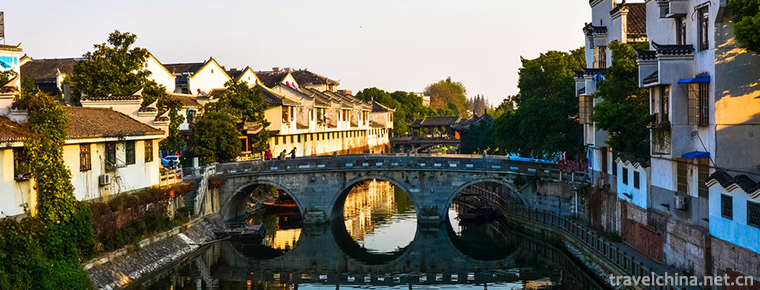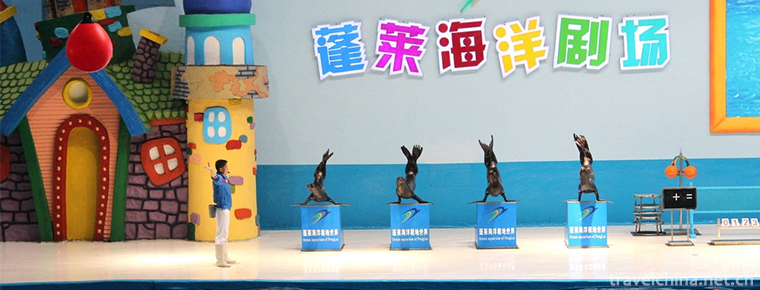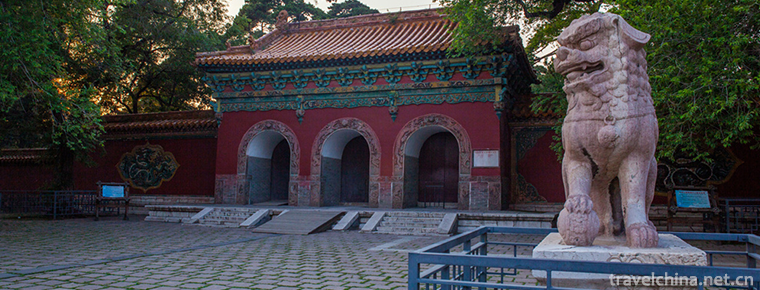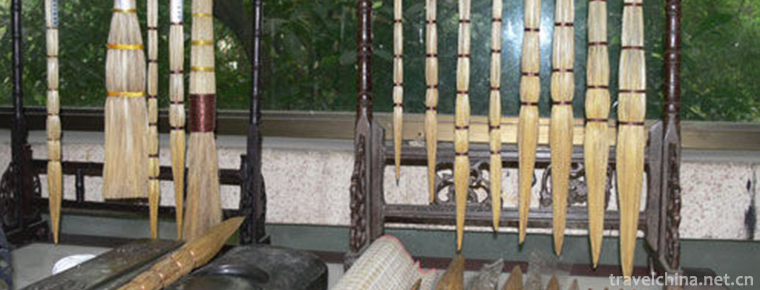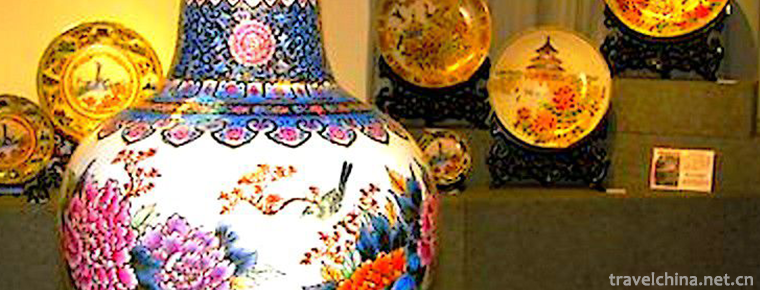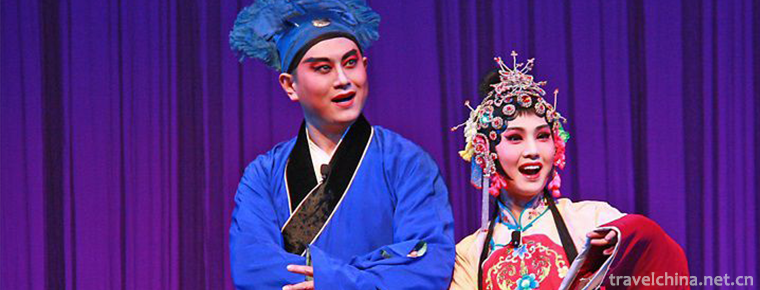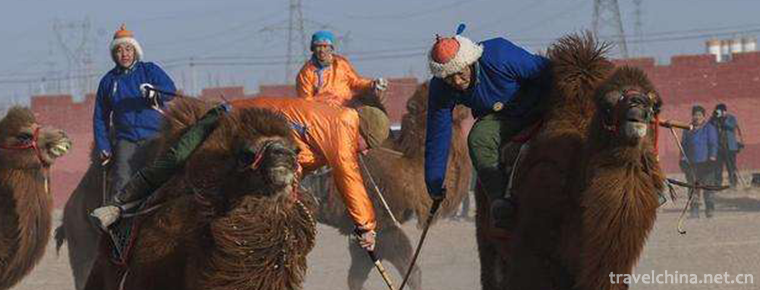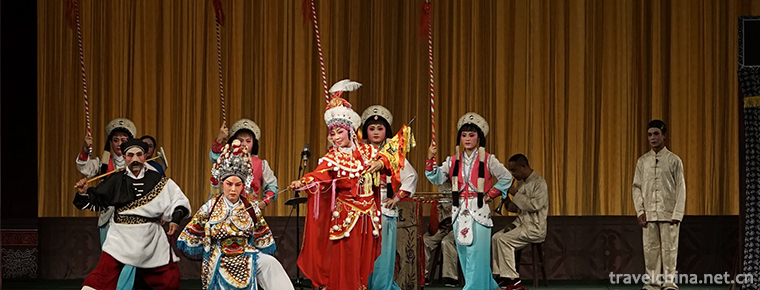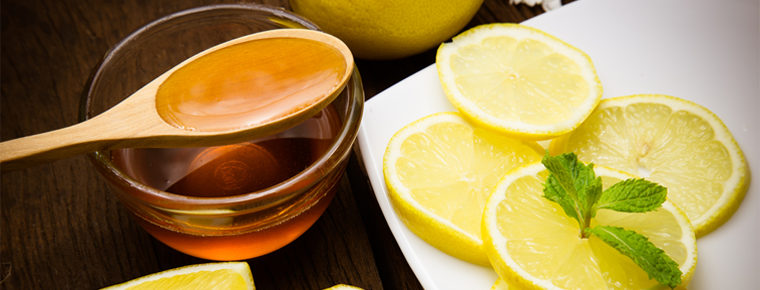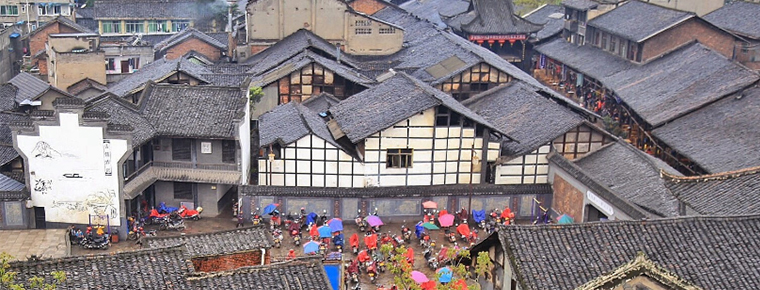Olympic Rowing Canoeing Park
Beijing Olympic Water Park, also known as Shunyi Water Park, is located in Chaobai River, Mapo Township, Shunyi District, Beijing. Its building area is 31850 square meters, and the number of seats is 27,000. Construction started in 2005 and completed in 2007. In 2008, the Beijing Olympic Games undertook rowing, canoeing (still water, whirlwind), marathon swimming events.
Traffic information
Public transportation
1. Take bus No. 989 (starting at Sihui) to Shunyi Olympic Water Park South Gate.
2. After getting off at Benmin Street Station, take No. 915 or No. 915 Branch 2 and transfer to No. 989 bus to Shunyi Olympic Water Park South Gate.
Self driving route
1. Beijing departure: drive to Beijing-Chengdu Expressway, exit from Bai Road, turn right at the toll station and go straight to Shunyi Olympic Water Park.
2. Beijing departure: Take the airport expressway to the north of the airport, turn right at Shunping Road, turn left at Rainbow Bridge, and go straight north along the left embankment road to reach Shunyi Olympic Water Park.
3. Beijing departure: Go straight to Jingshun Road, turn right at the Ma Po intersection of Jingshun Road, and then go straight to Shunyi Olympic Water Park.
Architectural history
In December 2005, the Beijing Olympic Water Park began the construction of large-scale earthwork excavation of the track, Hill piling in dynamic water area, main stand and functional room.
In March 2006, 1.1 million cubic meters (55% of the total earthwork) were excavated in the still water area of Beijing Olympic Water Park.
In June 2006, the track excavation was basically completed.
In September 2006, the steel structure of the main stand of Beijing Olympic Water Park has been completed. At the same time, the track has been excavated. The main bridges and supporting functional houses have been completed, and the water storage conditions have been met.
In January 2007, the construction of Beijing Olympic Water Park has been completed, and the water storage has reached 50% of the competition level greening project.
In May 2007, Beijing Olympic Water Park entered the final stage of the project.
On July 28, 2007, the acceptance and delivery ceremony was held in Beijing Olympic Water Park, which became one of the first new venues in Beijing delivered by the Beijing Olympic Games.
Function
The scenery of the games and the idleness after the games are the true portrayal of many Olympic venues. In order to avoid such a situation repeating, Beijing Olympic Water Park as early as the beginning of the design, the use of the post-competition as one of the conditions for assessment. After the Olympic Games, it will become the largest tourism and leisure resort base in the northeast of Beijing, and also the driving force for the development of Shunyi New Town.
In order to solve the problem of utilizing venues after the games, early in the design, designers went to Sydney and Atlanta, which had hosted the Olympic Games. According to international practice, it is easy to make profits after the race. Sydney's hydrodynamic race venue is operated by a company through bidding, and the corresponding fees are paid to the government every year, while the hydrostatic race venue for rowing is usually invested by the local government as a public project. According to the characteristics of dynamic water being profitable and less people in still water, Beijing Olympic Water Park has formulated a policy of combining dynamic water with static water to drive the use of static water after the competition, so that tourists can also participate in some static water projects while playing in the dynamic water area. This idea has contributed to the unique design of the Beijing Olympic Water Park.
Logo culture
The symbols of Beijing Olympic Water Park are drawn with Chinese traditional brush lines, reflecting a strong Chinese cultural heritage. The five colors of the Olympic rings symbolize the perfect combination of ancient oriental civilization and modern Olympic spirit. The logo image is a variant of the rower. It not only has the image characteristics of the rower who rows back to the end, but also has the image characteristics of the canoeist who rows with both hands holding the oars. The blue-green water pattern in the middle highlights the characteristics of the water events. "SHUNYI 2008" also uses sports fonts, highlighting the site and time of the project. The whole composition is dynamic and has a strong sense of motion.
In the composition, the red stripe is a variant of the Chinese phonetic initials "S" of the word "Shun". The yellow stripe and the red stripe constitute the variant of the Chinese phonetic initials "Y" of the word "Yi". At the same time, the three colors of black, red and yellow constitute the Chinese character "Yi". The blue and green stripes below symbolize that Beijing Olympic Water Park and Chaobai River Forest Park are adjacent to each other and set off against each other, forming a new urban background of Shunyi, which is based on rivers, soul of water and rhyme of forests. The progressive and upward water stripes and the character composition of SHUNYI 2008 symbolize the opportunity of Shunyi people to seize the Olympic Games and build a harmonious socialist society and "concentric". On the road of building a well-off society in an all-round way and building a green international port, we should carry forward the spirit of "concentric and upward, scientific innovation, down-to-earth, and pursuit of excellence", and constantly develop and advance and uplift our spiritual outlook.







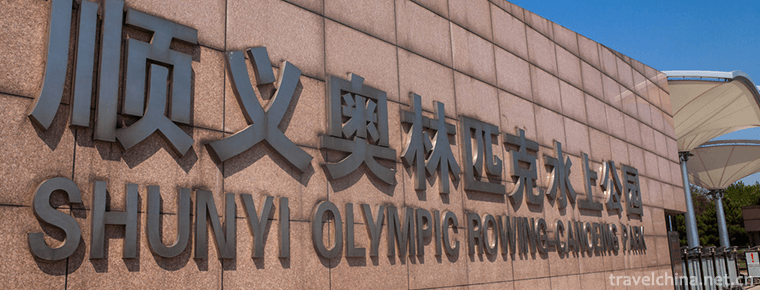
-
Sanhe ancient town Scenic Area
Sanhe Ancient Town Scenic Area is located in Feixi County, Hefei City, on the shore of Chaohu Lake, adjacent to Lujiang County and Shucheng County.
Views: 143 Time 2018-12-08 -
Legend of White Snake
Legend of White Snake, local traditional folk literature in Zhenjiang City, Jiangsu Province and Hangzhou City, Zhejiang Province, is one of the national intangible cultural heritage..
Views: 154 Time 2018-12-15 -
Penglai Ocean Polar World
Penglai Ocean Polar World is located at the foot of Penglai Danya Mountain. It is adjacent to the famous Penglai Pavilion. It is invested by Penglai Haifeng Industrial Co., Ltd. for 460 million yuan.
Views: 228 Time 2019-02-07 -
Three Mausoleum of Shengjing
The three mausoleums outside Guanzhou refer to the Fuling Tombs of Nuerhachi, the Taizong Emperor of the Qing Dynasty, and the Zhaoling Tombs of the Taizong.
Views: 129 Time 2019-02-08 -
Dragon Pen Making Skills of White Shamao
The craftsmanship of the Dragon pen of Baishamao was originated by Chen Baisha, a famous calligrapher. It has a history of more than 500 years. Made of Maotao, a special product of Guifeng Mountain.
Views: 281 Time 2019-04-03 -
Firing Techniques of Chaozhou Coloured Porcelain
In Chaozhou at the end of the Qing Dynasty, new colored pigments were used in the colored porcelain painting. Combining traditional glaze painting art with traditional Chinese painting .
Views: 234 Time 2019-04-16 -
Liang Pings Gong and drum
Liangping Gong and drum is a kind of traditional folk instrumental music spread in Liangping District of Chongqing. In Liangping, the predecessors said that "Shu people Chao shan, gongs and drums.
Views: 292 Time 2019-05-13 -
Lv Opera
Lv Opera, also known as masqueraded Yangqin and Qinxi Opera, National intangible cultural heritage, one of the eight major Chinese operas, Shandong's most representative local operas, is popular in mo.
Views: 148 Time 2019-05-15 -
Mongolian camel ball
The intangible cultural heritage is the manifestation and cultural space of various traditional cultures which are inherited from generation to generation and closely related to people's life. .
Views: 161 Time 2019-06-04 -
Siping Opera
Siping Opera, also known as Sijuan Opera, Siping Opera, Sipeng Opera and Sipeng Opera, is popular in Pingnan County, Zhenghe County, Fujian Province. It is one of the national intangible cultural heri.
Views: 104 Time 2019-06-16 -
Lemon Honey Tea
Honey lemon tea is made of honey and lemon. It has many functions such as whitening, nourishing, lowering blood fat, clearing heat, detoxifying, moistening and drying. Lemon contains vitamin B1, vitam.
Views: 357 Time 2020-03-16 -
Luocheng ancient town
Luocheng ancient town, known as "China's Noah Ark", is located in the northeast of Qianwei County, 60 kilometers away from Leshan City and 25 kilometers away from Qianwei county. There are seven ethnic groups, Han, Hui, Yi, man, Tibetan, Li and Miao. .
Views: 85 Time 2020-10-15
